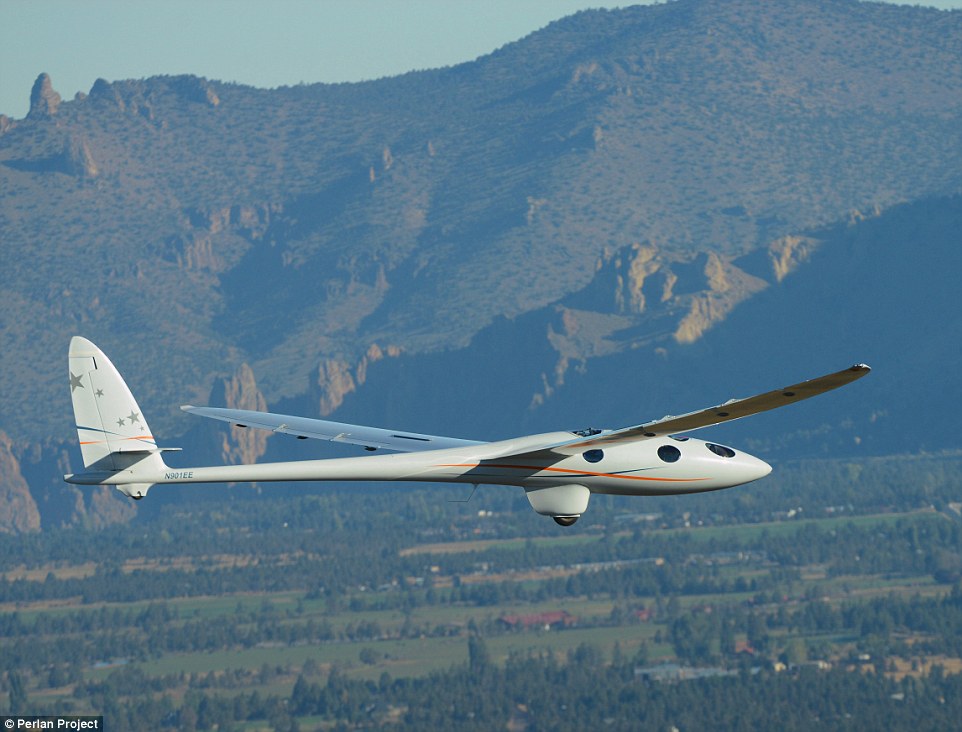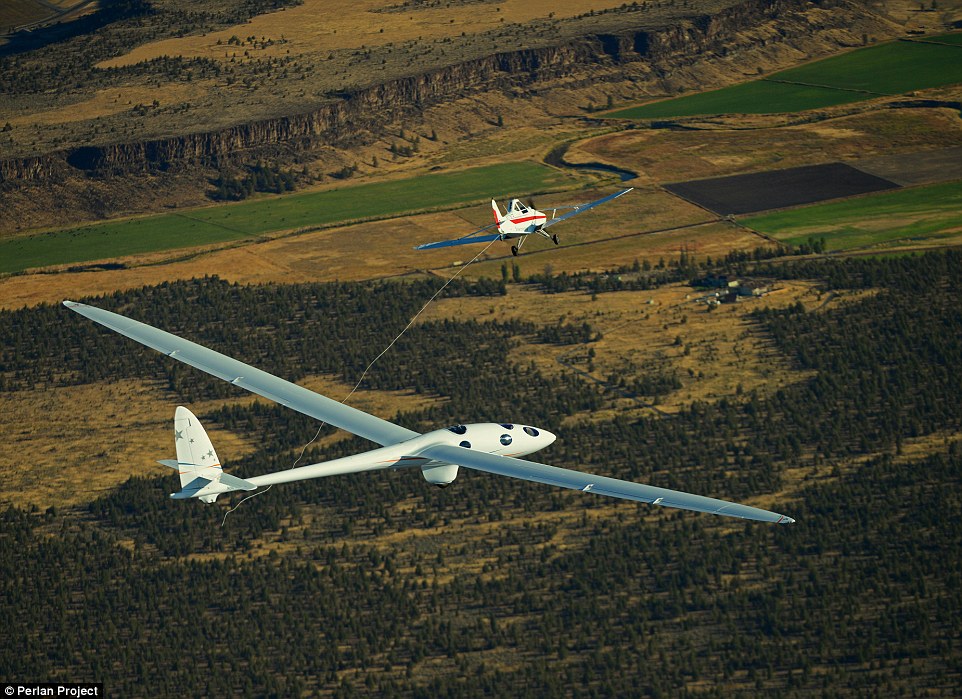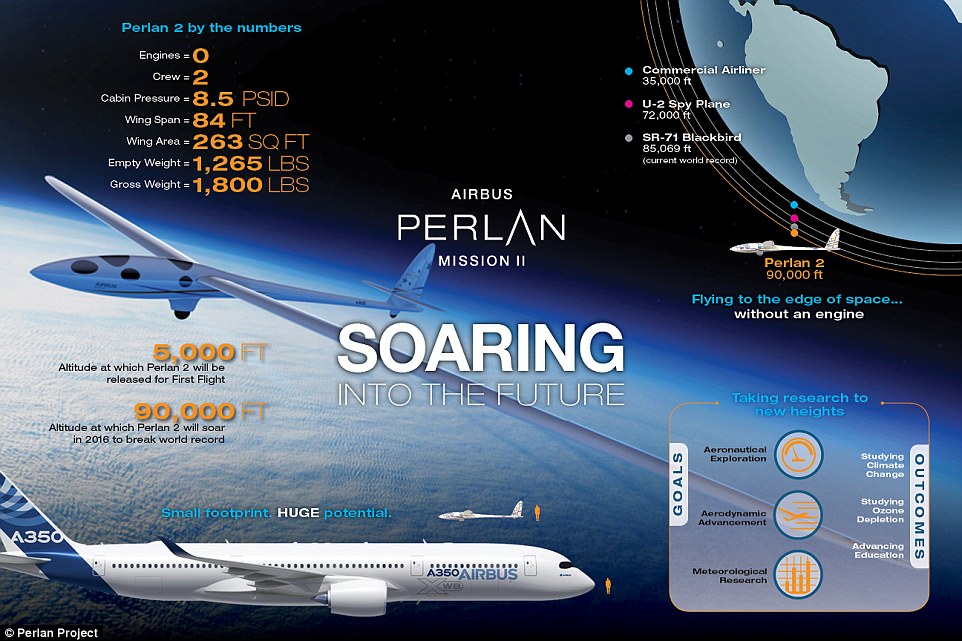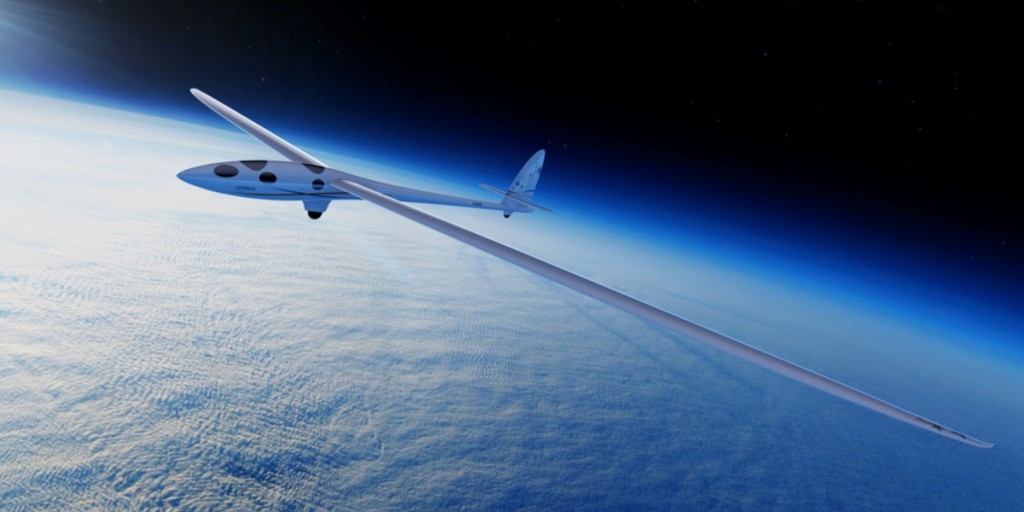Airbus Perlan II will be the first engineless aircraft to fly at the edge of space using nothing but wind. The glider is said to be capable of reaching altitudes of 90,000 ft and if it succeeds it’s scheduled trip in June, it will become the highest plane in history – engineless or not.
An engineless aircraft might sound just a little bit scary, so we should note these planes won’t be used commercially anytime soon. This particular engineless aircraft works by riding mountain waves – the glider needs to reach several thousand feet in altitude, using a tow plane and cable, before it is released on it’s own to ride the Andes mountain waves. And it’s been done before. In 2006, the Perlan 1 reached an altitude of about 50,000 feet but the two pilots onboard the aircraft, Steve Fosset and Einar Enevoldson, wore borrowed NASA spacesuits, making it much more difficult to operate the aircraft. The Perlan II plans to have the pilots operate in a pressurized cabin and be provided with fresh oxygen from a rebreather system. The Perlan II, without crew, weighs in at about 1100 pounds – that’s including several scientific instruments, cameras and ground-communications equipment already on board. It even comes with two parachutes for the pilots in case of an emergency situation.

Image via Daily Mail

Image via Daily Mail


The Perlan Project, as it’s called, explained the mission of the Perlan II, “The Perlan 2 will fly to 90,000 feet at the edge of space to explore the science of giant mountain waves that help create the ozone hole and change global climate models. This will require the engineering of a spacecraft with glider wings that can fly in less than 3% of normal air density and at temperatures of minus 70 degrees C, conditions approximating the surface of Mars. These missions will provide education and inspiration for young people seeking careers of exploration and adventure in engineering and science.”
While the glider is not necessarily a prototype for future aircraft (no, we probably won’t be commercially flying to Mars anytime soon,) it has the potential to open up a whole new world of possibilities for space travel and exploration. Because the glider will operate in atmospheric conditions similar to those on Mars, it will provide space agencies with insight as to how a winged aircraft would operate on Mars’ own atmosphere. According to Allan McArtor, Chairman and CEO of Airbus, the Perlan II could potentially “pave the way for both future aviation on Mars and Earth-based commercial hypersonic aircraft.”
[divider]
Article Written By Mila Medonaite for Design Engine, February 3, 2016


